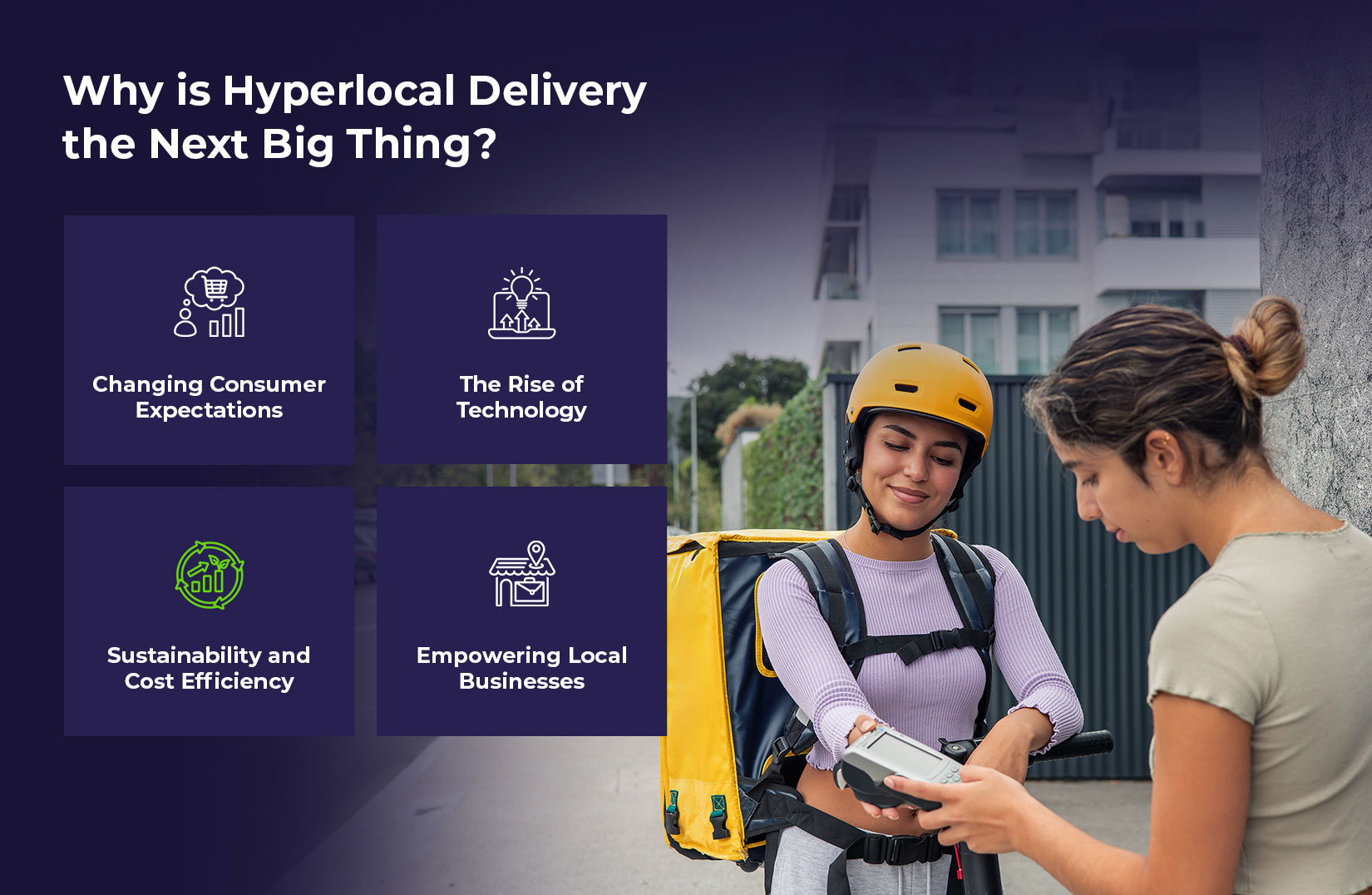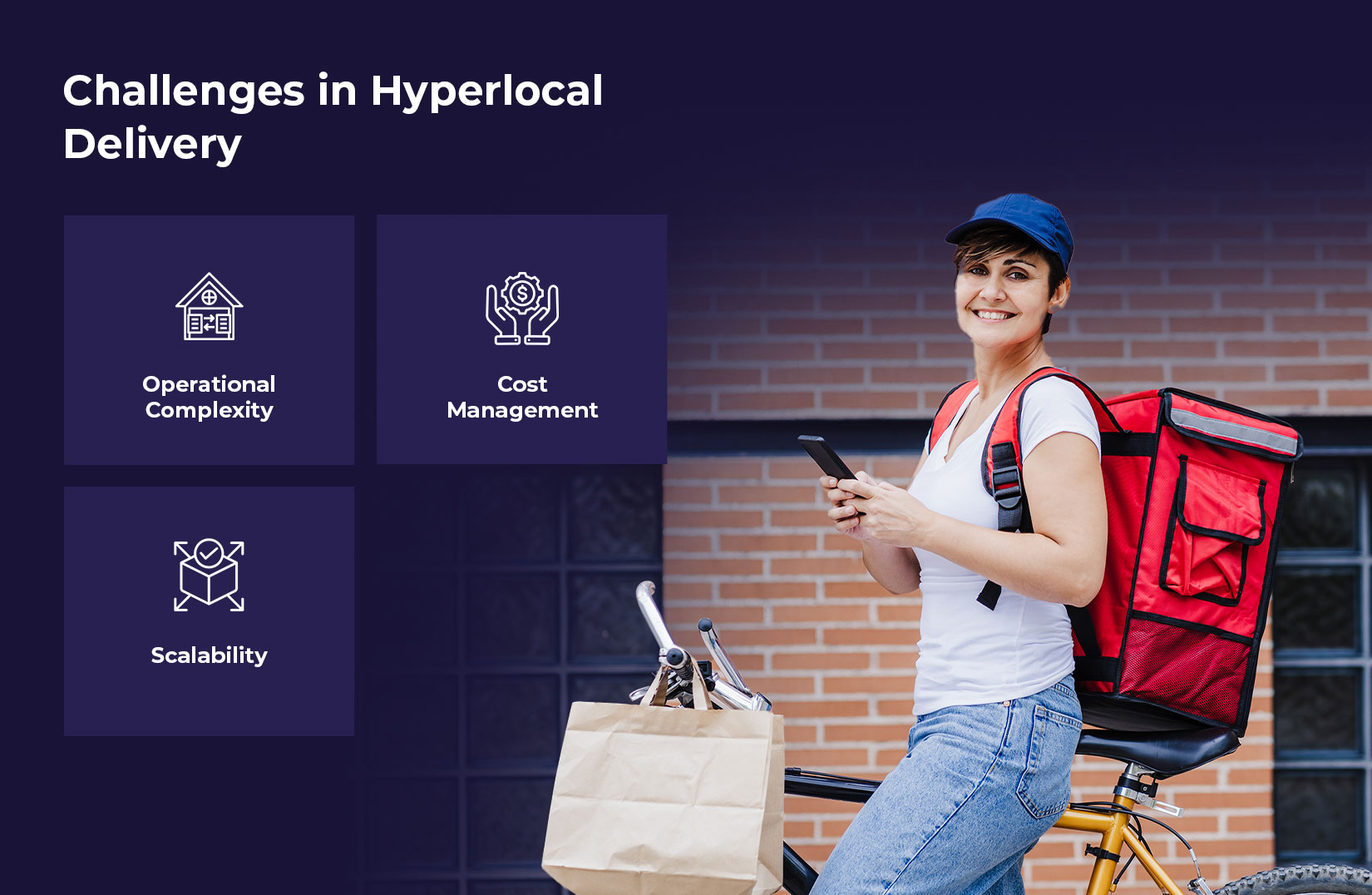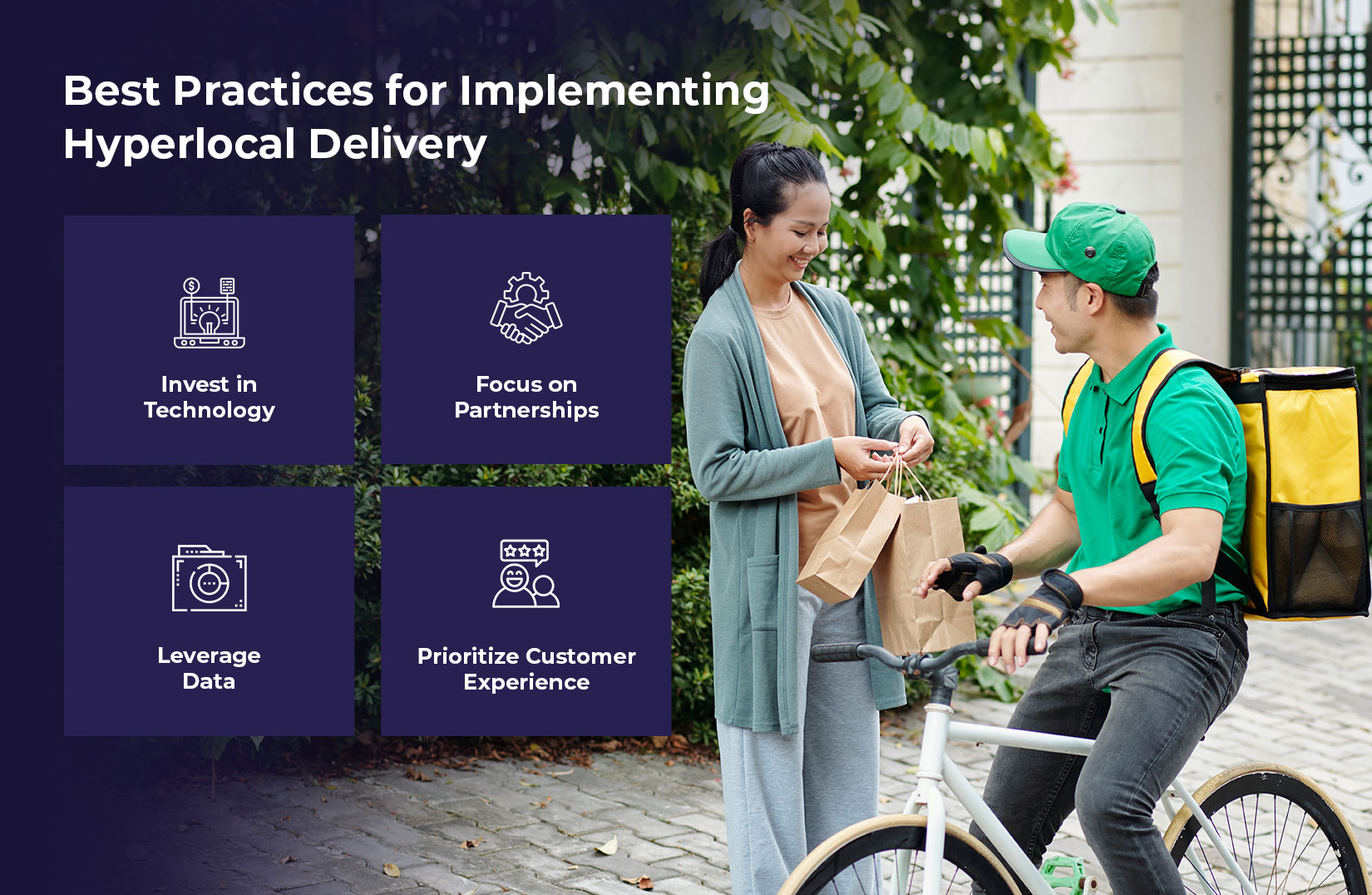
Hyperlocal Delivery: Why It’s the Next Big Thing in On-Demand Services
In the evolving landscape of logistics and commerce, hyperlocal delivery has emerged as a game-changer. By bridging the gap between consumers and businesses in the same locality, it provides unmatched convenience and speed. On-demand delivery continues to redefine customer expectations, reshaping how services are provided. Hyperlocal delivery is poised to take the lead, driven by advancements in technology and innovative delivery models.
What is Hyperlocal Delivery?
Hyperlocal delivery refers to the process of delivering goods or services within a limited geographical area. The area is typically within a radius of 1-10 kilometers. Traditional logistics models prioritize long-distance shipments, catering to broader markets. In contrast, hyperlocal delivery focuses on connecting local businesses, such as grocery stores, pharmacies, and restaurants, with nearby customers.
The growing demand for hyperlocal delivery is closely tied to the rise of on-demand services. Customers today expect same-day, if not same-hour, delivery. Businesses that fail to meet these expectations risk losing their competitive edge.
Why is Hyperlocal Delivery the Next Big Thing?

1. Changing Consumer Expectations:
The modern consumer is accustomed to instant gratification. Whether it’s ordering food, booking a cab, or shopping online, on-demand services have set a new benchmark for speed and convenience. A 2023 study by McKinsey revealed that over 56% of consumers expect same-day delivery options. Additionally, 27% of consumers are willing to pay a premium for faster services. Hyperlocal delivery aligns perfectly with these expectations. By leveraging local networks and reducing transit times, businesses can provide unparalleled customer satisfaction.
2. The Rise of Technology:
The advent of the best on-demand delivery software has revolutionized the logistics industry. Features like real-time tracking, route optimization, and inventory management ensure seamless operations. Platforms like Uber Eats and Instacart rely on sophisticated on-demand delivery systems to cater to millions of customers daily.
Additionally, AI and machine learning are driving efficiency in hyperlocal logistics. Predictive analytics helps anticipate demand patterns, while automation streamlines operations, reducing costs and errors.
3. Sustainability and Cost Efficiency:
Hyperlocal delivery is inherently sustainable. By operating within a small radius, businesses can minimize fuel consumption and reduce carbon emissions. This approach aligns with the growing emphasis on eco-friendly practices.
For businesses, shorter delivery distances translate to lower transportation costs. This is particularly advantageous for small and medium enterprises (SMEs) looking to expand their reach without incurring hefty expenses.
4. Empowering Local Businesses:
Hyperlocal delivery empowers local businesses to compete with e-commerce giants by offering on-demand home delivery and expanding their customer base. This model fosters community ties while enabling faster, personalized services that build customer trust and loyalty.
By joining hyperlocal networks, small retailers stay relevant in the digital economy. They can embrace modern logistics solutions without heavy infrastructure investments, ensuring long-term sustainability and a stronger connection with their communities.
Challenges in Hyperlocal Delivery

While the benefits are undeniable, hyperlocal delivery comes with its own set of challenges:
1. Operational Complexity:
Managing a network of local vendors and delivery agents requires robust coordination and advanced on-demand delivery software. Ensuring that orders are accurately fulfilled and delivered on time demands seamless communication and efficient systems.
2. Cost Management:
Managing profitability in hyperlocal logistics can be challenging, especially when dealing with high customer expectations and low delivery charges. Businesses must strike a balance between competitive pricing and operational efficiency. However, this often requires significant investment in technology and workforce training.
3. Scalability:
Expanding operations while maintaining efficiency and service quality requires careful planning and investment in technology. Hyperlocal models are heavily dependent on localized resources, making rapid expansion a logistical and operational challenge. Businesses must also adapt to varying customer preferences and regulatory requirements across regions.
Best Practices for Implementing Hyperlocal Delivery

1. Invest in Technology:
Adopting the best on-demand delivery software is non-negotiable. Features like automated dispatching, real-time tracking and customer feedback integration can enhance efficiency and customer satisfaction. Choosing scalable and user-friendly software helps businesses stay ahead in the competitive market while reducing operational complexities.
2. Focus on Partnerships:
Collaborating with local vendors and delivery agents ensures a steady supply chain and prompt deliveries. Building strong relationships with reliable partners helps create a seamless and trustworthy delivery ecosystem. Local partnerships also enable businesses to tap into community trust and loyalty.
3. Leverage Data:
Use analytics to understand customer preferences, peak demand hours and delivery patterns. This data can inform strategic decisions and optimize resources. Businesses can also utilize predictive analytics to anticipate demand fluctuations and prepare accordingly, minimizing delays and enhancing customer satisfaction.
4. Prioritize Customer Experience:
From intuitive ordering platforms to timely deliveries, every touchpoint should enhance the customer journey. Happy customers are more likely to become loyal patrons. Offering personalized experiences, prompt communication and hassle-free issue resolution can significantly boost customer retention and brand loyalty.
The Future of Hyperlocal Delivery
According to a report by Allied Market Research, the hyperlocal delivery market is projected to grow significantly in the coming years. It is expected to achieve a compound annual growth rate (CAGR) of 20% from 2023 to 2030. As urbanization and smartphone penetration continue to rise, the demand for on-demand services will only increase.
Emerging technologies are set to revolutionize the hyperlocal delivery ecosystem. Drone deliveries, for example promise to drastically reduce delivery times, particularly in urban areas. Autonomous vehicles, another significant innovation are expected to lower operational costs and increase efficiency by minimizing dependency on human drivers. Additionally, the concept of dark stores—localized micro-warehouses optimized for rapid order fulfillment—will play a crucial role in meeting growing consumer demands.
Artificial intelligence will further enhance the hyperlocal delivery landscape by enabling predictive analytics, personalized customer experiences, and smarter inventory management. These advancements will allow businesses to optimize routes, reduce delays, and anticipate customer needs more accurately. Companies that invest in these technologies will not only remain competitive but will also define the future of the on-demand service market.
Conclusion
Hyperlocal delivery represents the future of logistics, seamlessly combining speed, efficiency, and customer satisfaction. By adopting advanced on-demand delivery systems and prioritizing sustainability, businesses can unlock immense growth opportunities. Delivering goods and services within hours enables companies to meet the ever-growing demand for convenience. This capability gives businesses a competitive edge in the market.
As on-demand delivery software continues to evolve, the possibilities for hyperlocal delivery are boundless. Emerging technologies like drones and autonomous vehicles are set to redefine the logistics landscape, making deliveries faster and more efficient. Businesses that embrace these innovations and focus on customer-centric strategies will undoubtedly lead the on-demand service revolution, shaping the future of commerce. To embrace these innovations and to stay ahead of the curve, book a demo with LogiNext Solutions today. Click on the red button below, to know more.
61






@LogiNext